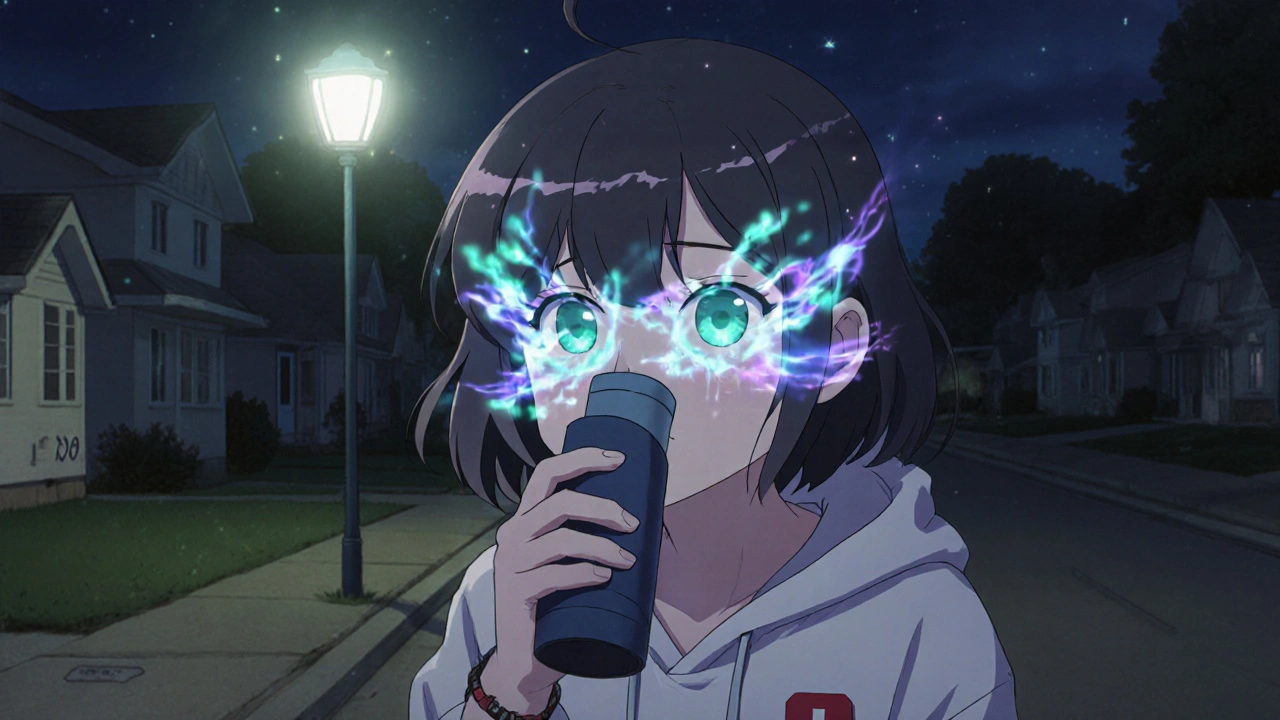Corticosteroid Vision Loss: Causes, Risks, and What You Need to Know
When you take corticosteroids, a class of anti-inflammatory drugs used for conditions like asthma, arthritis, and autoimmune diseases. Also known as steroids, they can be lifesaving—but they don’t come without risks to your eyes. Vision loss from corticosteroids isn’t rare, and it often happens without pain or warning. Many people don’t realize their eyes are under stress until their vision changes—blurriness, halos around lights, or sudden blind spots. This isn’t just a side effect you can ignore. It’s a real, documented threat that shows up in people using even short-term steroid pills, injections, or eye drops.
Two major eye problems linked to corticosteroids are steroid-induced glaucoma, a rise in eye pressure that damages the optic nerve and cataracts from steroids, clouding of the eye’s natural lens. Glaucoma can creep up slowly, and by the time you notice vision loss, it’s often irreversible. Cataracts develop faster, especially with long-term use, and can make everything look foggy or yellowed. Both are more likely if you’re over 40, have diabetes, or already have high eye pressure. Even topical steroids—like nasal sprays or skin creams—can get absorbed into your system enough to affect your eyes. And yes, this includes inhaled steroids for asthma. The dose doesn’t have to be high. The time does.
What makes this worse is that most people don’t get routine eye checks while on steroids. Your doctor might monitor your blood sugar or bone density, but your eyes? Often overlooked. If you’ve been on corticosteroids for more than a few weeks, especially if you’re using them daily, you need an eye exam. Not next year. Not when you feel something’s off. Now. Catching early signs of pressure buildup or lens changes can stop vision loss before it starts. And if you’re switching off steroids, don’t assume the eye risks vanish overnight. Damage can still progress after stopping.
Below, you’ll find real-world insights from people who’ve dealt with these side effects, what doctors actually recommend, and how to spot trouble before it’s too late. No fluff. Just what you need to protect your sight while managing your condition.

Steroid-Induced Cataracts: What Vision Changes to Watch For and How They’re Treated
Steroid-induced cataracts develop quickly and cause blurry vision, glare, and faded colors. Learn how steroids damage the lens, who’s at risk, and why early eye exams can save your sight - even if you need to keep taking steroids.
October 27 2025